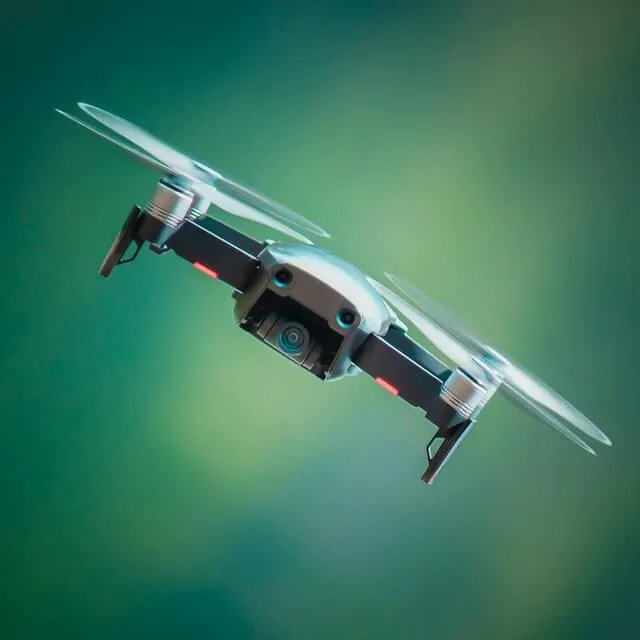Aviation has its own language. In this series Chauncey Crail, an FAA CFI, explains some of the commonly used flying terms. In this week's blog, we'll explore the meaning of "heavy" in aviation.


When an aviation radio call includes the word “heavy” as an addition to a callsign, it references an aircraft’s weight. But the pilots of a 747 aren’t letting ATC know they ate too many donuts at breakfast—the term “heavy” is used as a reminder to all involved that an aircraft leaves a more severe wake in its path.
Why are some planes called “Heavy?”
All aircraft generate wake turbulence while in flight and the heavier an aircraft, the greater the turbulence behind it. Wake turbulence poses a major risk to other aircraft, so pilots and ATC use the term “heavy” in radio transmissions as a reminder that the aircraft’s wake may be dangerous to others passing behind or below the flightpath of these larger-mass aircraft.
FAA Weight Classes
The FAA classifies planes weighing over 300,000 pounds—a Boeing 747 or Airbus A340, for example—as “heavy.” The official weight classes include:
- Small: 41,000 pounds or less maximum certified takeoff weight
- Large: More than 41,000 pounds and up to 300,000 pounds maximum certified takeoff weight
- Heavy: 300,000 pounds or more maximum certified takeoff weight
- Super: Airbus A-380-800 (A388) and the ANTONOV An-225 (A225)
What is Wake Turbulence?
A function of lift, wake turbulence is caused by counter-rotating vortices trailing behind an aircraft. To put it simply: when an airplane flies, it disturbs the air it flies through. This can cause a major hazard for other aircraft encountering the wake.
The heavier and slower an aircraft, the greater the wake, so it’s typically the case that aircraft create the most wake during takeoff, departure, approach and landing. The heavier aircraft pose the most danger to the lightest aircraft, so a departing airliner will leave a massive wake, capable of upsetting airplanes taking off or landing behind it. Though wakes dissipate after a few minutes, air traffic controllers often use the phrase, “caution wake turbulence” or use the word “heavy” when referring to larger planes on the radio.
Pilots avoid wake turbulence by:
- Taking off or landing before a departing aircraft’s lift-off point
- Remaining above and upwind of the flight path of any traffic you’re following
- Taking off or landing beyond a previously-arrived aircraft’s touchdown point
Be Careful!
Landing late one night at a major Southern California airport, I unsuspectingly flew a Cessna 172 into the wake of a just-landed 737. One second I was rounding out into ground effect and the next I found myself tossed into an induced roll—banked 50 degrees left only 15 feet above the ground. Had I not been ready at the controls to go around and execute a timely recovery, I might not be writing today. Wake turbulence can be deadly, so take the warnings “heavy” and “caution wake turbulence” seriously.
You can ensure you’re covered in the event of a wake turbulence-related accident with excellent coverage from SkyWatch. Aircraft owners and renters can obtain coverage by the day, week, month or year, meaning pilots only pay for what they need.











